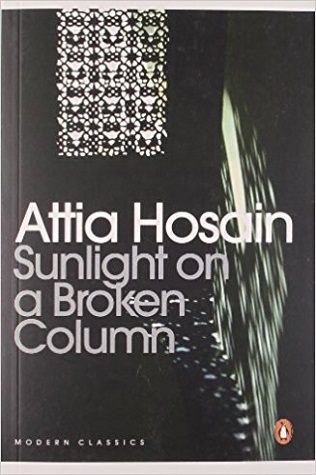What do you think?
Rate this book


319 pages, Paperback
First published January 1, 1961
Even as we argued I had recognised how my emotions gnawed at my logic. I recognised my dreams had always been of change without chaos, of birth without pain.Several times, and in multifarious ways, do we see her grappling with the question of what this freedom is. While her own rebellion may seem more quiet, she does establish her appreciation for something fiercer through the character of Nandi, a companionate servant she grows up with. And though she is not a revolutionary, the way Laila discloses herself given her place in time is nothing short of, made better by the way she uses satire to critique her own class and peppers her observations with humour:
"I like my position in life," laughed Saleem. "It is very comfortable. When I was young I thought otherwise, but that was adolescent masochism which I mistook for Marxism. Mind you, I still appreciate its principles, but I am no Lenin and can establish no Soviets..."This is a truly spectacular story, of love and coming-of-age, and if I were to draw comparisons in that manner they would be with Jane Austen (much to the latter's disadvantage). It is a pity that Hosain wrote no other novels, but I am keen to read her short stories very soon. I will also be returning to this book, even though—or perhaps because—neither of us will ever see Lakhnavi culture as the other has lived it.
"Linen serviettes?" Aunt Saira frowned. "I do not know what you are talking about."
"Laila," he said, blinking at the shadows, "what have you been doing so long in this empty house?"Yes. Time to move on.
"I have been waiting for you, Asad. I am ready to leave now."
Zahra was full of information, "The cleaner is to be dismissed and Nandi will get the beating she deserves from Jumman, I am sure. Such wickedness, when she is so young! Immoral people cannot he allowed inside the house."This book, in great part, is about boundaries (specifically those in pre-Partition India). Boundaries between children and their elders; boundaries between Hindus and Muslims; boundaries between Indians and the British; boundaries between rich and poor; and, intertwined into these boundaries, the overarching boundaries between men and women.
"That will he awkward for certain people."
Zahra ignored my remark. “ The insolence of these menials that she should have dared to talk to our uncle in such a manner, and in front of everyone, of all those servants! Laila, how could you have interfered? Aren’t you ashamed?”
“Yes I am. I’m ashamed to call him uncle. I’m ashamed that you have no pity because Nandi is a servant girl. Besides, I don’t care what anyone thinks. I don't care.”
“Do you know what is wrong with you, Laila? All those books you read. You just talk like a book now, with no sense of reality. The only cure for Nandi is to get her married quickly.”
“The cure for a good girl is to get her married quickly; the cure for a had girl is to get her married quickly. Do you think of anything out getting married quickly?”